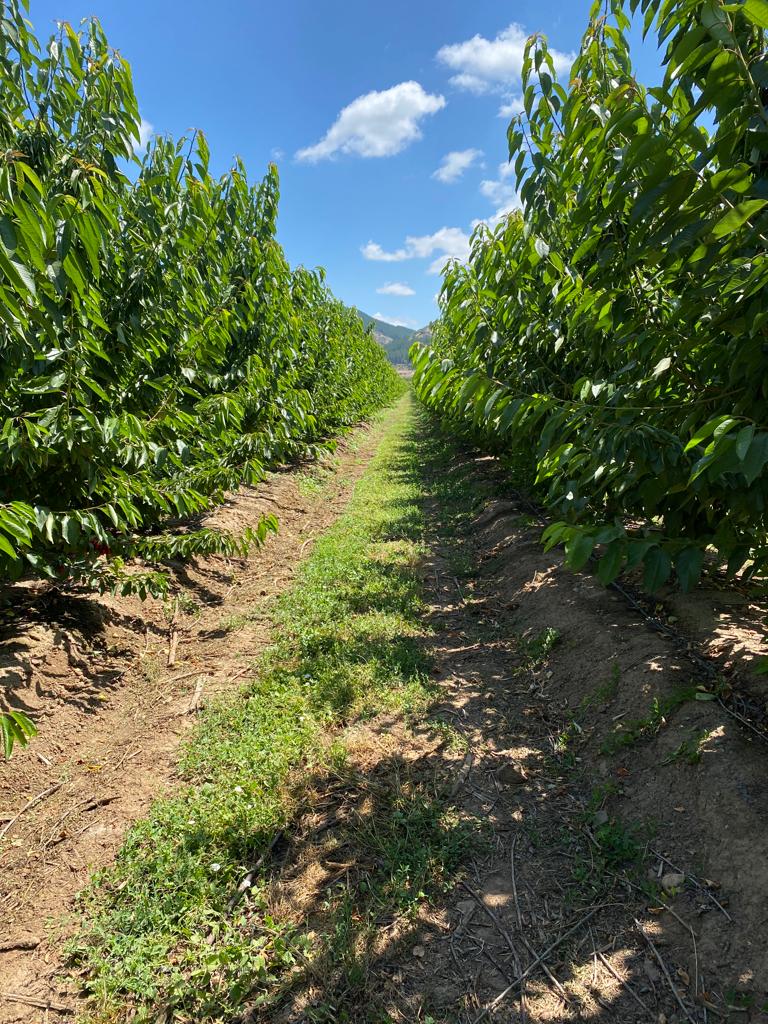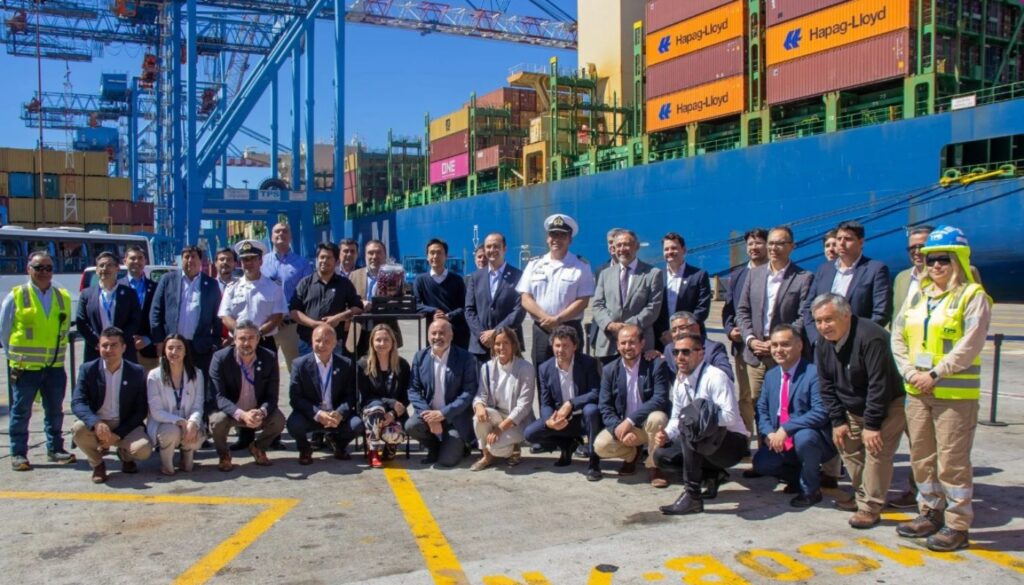The last two cherry seasons in China presented complex scenarios in terms of logistics; shipments of cherries that were not supposed to take more than 30 days to reach Asian markets, between the trip and customs clearance, ended up exceeding 60 days, which affected quality. of fruit and returns. What is the current condition of the main ports in the Asian giant and how is logistics developing with these new restrictions? We review it below.

It is very difficult to define what the restrictions are for all of China regarding Covid-19 protocols, since each city or locality has different ways of dealing with the pandemic, which makes everything quite confusing.
Authorities have been lifting restrictions, widely seen as unnecessary, implemented after recent outbreaks of the Omicron variant in China to reduce economic fallout and other resulting inconveniences. Local governments are working on concrete and detailed plans after central authorities released 20 measures to streamline the country's COVID-19 strategies this month. The 20 measures include:
-Reduction of centralized quarantine days (from 7 to 5 days) for close contacts.
-There is only control for cases of direct close contact, not secondary ones.
-In high-risk areas, centralized quarantines are modified to home quarantines.
-The classification of high, medium and low risk areas is modified to only high and low to reduce the number of those affected.
-The 7-day quarantines for people working in high-risk professions are reduced to 5 days.
-Generally speaking, there will be no more mass testing.
-Requirement of 2 PCR tests for travelers to China within 48 hours is reduced to a single test.
-Bubbles will be established to allow entry into China for people who are going to do important business or participate in sporting events.
-Standards for determining whether a person entering China is a COVID case are slightly relaxed.
-Centralized quarantine for people traveling to China is reduced from 7 to 5 days.
-The development of medical resources is strengthened.
-Vaccination is promoted by developing programs to accelerate booster vaccine coverage, especially among older adults.
-The formation of reserves of drugs related to the treatment of COVID is accelerated.
-Protection of key institutions and populations is strengthened (elderly, patients with medical conditions, pregnant women, hemodialysis patients, and others).
-All localities must enhance multi-channel monitoring, early warning and multi-point activation mechanisms for COVID. For interprovincial travelers, tests must be carried out upon disembarkation (at the destination).
-Local governments and Party committees should take responsibility for strictly implementing the unified national prevention and control policies. Arbitrary closure of schools, suspension of work and production, traffic blockages without approval (from the central level), arbitrary closures, long-term indefinite confinement, arbitrary closure of hospitals and other excessive measures are strictly prohibited.
-Protection and provision of services to people in quarantine is strengthened.
-Prevention and control measures on school campuses are optimized and school-region coordination mechanisms are improved.
-Prevention and control measures are implemented in companies and industrial parks.
-Orderly travel of stranded persons is facilitated based on their situation.

«Smartcherry en Destino» spoke with Ying Zou, Advisor at the ProChile office in Guangzhou, who confirmed the information published by the government. She highlighted that on December 1 there were major changes, in terms of the elimination of mass PCR tests. A negative test is no longer required to enter public buildings and now only a green code is required in the Chinese application to track COVID infections. This code is obtained by anyone who has not been in close contact with an infected person.
The general mood is one of confusion. On the one hand, there is a feeling that things are slowly returning to normal, but on the other hand, cases are still increasing, so it is not clear what will happen.
As for Guangzhou, where the port of the same name is located, considered one of the most important in southern China, many controlled areas have been released, however, areas considered high risk (with confirmed cases of COVID) remain locked down.
Public transport is operating normally in Guangzhou, where people can travel, but leaving the city is very complicated. A negative PCR test 48 hours in advance is required to leave the city, and a minimum of 3 days of quarantine is required to travel to other cities.
How are the ports operating? So far, and according to the information we have gathered on the ground, they are operating normally. The problem arises in the transport of trucks, mainly those going from one city to another, due to all the protocols detailed above.

Although, in theory, no city imposes restrictions on the movement of trucks, it is not clear whether some cities might impose restrictions, so truck drivers decide to reduce their movements. However, to date, from the ports of Guangdong to the Jiangnan market (main wholesale market for fresh fruit in China), trucks circulate without problems.
Additionally, Ying Zou, Advisor at ProChile's Guangzhou office, comments that e-commerce supported cherry sales last season, but this year there is concern about what might happen with logistical limitations.
As for the main ports in Guangdong province, where around 701 TP3T of cherry arrivals to the Chinese market are concentrated, it was possible to identify different situations in terms of logistics. From the port of Shekou we were told that the conditions are similar to those of last season, when, prior to the Chinese New Year, given the excess of shipments of all kinds, extra contingency space is used in the yard. At the same time, if under normal circumstances the yard is occupied at 701 TP3T of its capacity, during the high season this percentage increases.
A big difference this season is that they have been able to prepare and plan better, given the experiences of the last two seasons. Meetings were held between the stakeholders involved in port logistics, to ensure that everything is prepared and information from meetings has been shared thoroughly.
Meanwhile, Yantian Port informed us that according to the Shenzhen government's latest COVID-19 prevention and control policy, there are considerably fewer restrictions at present, including reducing the frequency of nucleic acid testing for the public and reducing the closure area where positive cases are found, in order to minimize the impact on society.
As far as container loadings, vessel operations and cargo handling in Yantian are concerned, truck operators are in normal condition and local customs are handling cold chain cargoes normally as well; there are no restrictions on container pickup if containers have been released by local customs. On the other hand, cargo flow from Shenzhen to other cities is open and unobstructed, truckers can deliver cargo between Shenzhen and Guangzhou freely, all they need to do is get a PCR test every 1-2 days to ensure their personal safety and keep their health codes in green.
It should be noted that the first shipment of Chilean cherries will arrive in China on December 9, where logistics will be put to the test.







